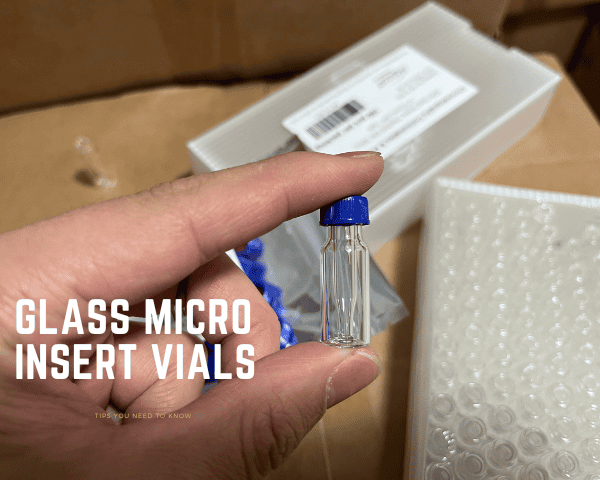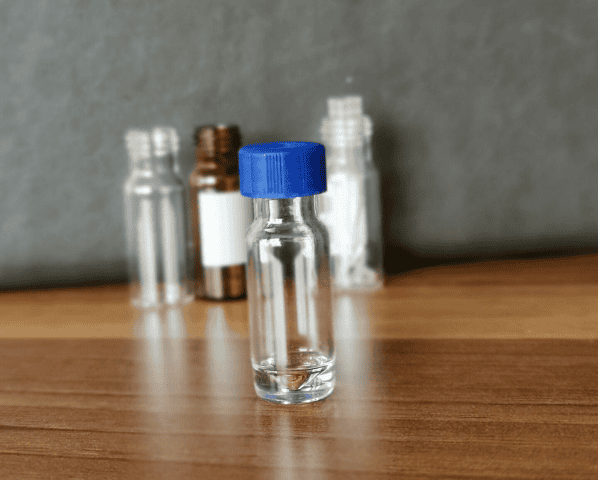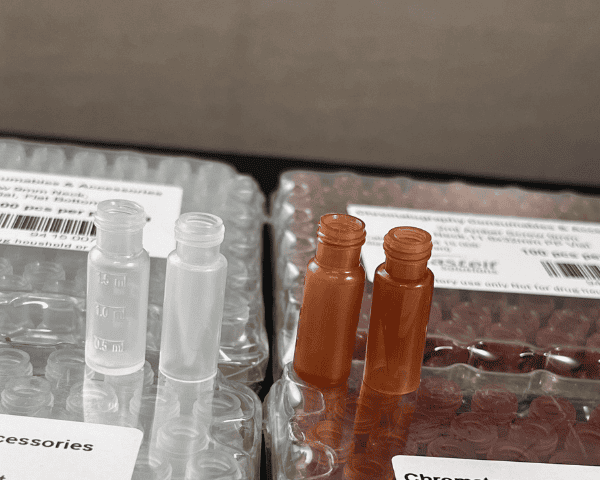When it comes to high-performance liquid chromatography (HPLC) and gas chromatography (GC), choosing the right sample vials can feel overwhelming. Believe me, I’ve been there. From understanding different vial types to figuring out which material works best for your samples, the process can be daunting if you’re unfamiliar with the options. But don’t worry – we’re in this together! Whether you’re new to chromatography or just need a refresher, let’s walk through what types of vials are suitable for your HPLC and GC needs, in a relaxed and friendly chat.
Why Does Your Vial Choice Matter?
You might be wondering, “Does it really matter what kind of vial I use for my HPLC or GC analysis?” Yes, it absolutely does! The right vial can affect the quality and accuracy of your results. If the vial material reacts with your sample or if you choose the wrong type of closure, you could compromise your entire analysis. And let’s be honest – no one wants to repeat experiments due to something as simple as using the wrong vial. So, what do you think? Do you agree that getting the basics right can make all the difference?
Let’s break this down, one vial at a time.
Common Vial Types for HPLC and GC
In chromatography, not all vials are created equal. Here are the most common types you’ll encounter:
Screw Thread Vials (ND9)


Screw thread vials are among the most popular choices, particularly the ND9 type (with a 9mm thread). They’re easy to use, cost-effective, and compatible with most autosamplers. These vials are great because you can screw the cap on and off multiple times, making them convenient for routine work. Plus, they typically come with silicone/PTFE septa that reduce contamination risks, giving you that peace of mind we all crave in the lab.
Best Use Cases for Screw Thread Vials
Screw thread vials are best suited for general HPLC and GC analysis where ease of use and quick access to samples are important. If your work involves daily testing or large sample batches, these vials will save you time and effort.
Materials Available
These vials come in clear glass for standard applications and amber glass for light-sensitive samples. Think about this – if your sample degrades with light exposure, the extra protection of amber glass could save you from erroneous results.
Crimp-Top Vials (ND11)


Crimp-top vials are another solid choice, offering a super-tight seal. They are sealed with a crimp cap, which is especially useful when dealing with volatile or sensitive samples. Crimp vials minimize evaporation, contamination, and the risk of septum displacement during injection. Yes, crimping the vial takes a little more effort than just screwing on a cap, but it’s totally worth it when you need extra security.
Ideal Applications
If you’re working with organic solvents or high-temperature applications in GC, crimp-top vials are your best friend. Their tight seal ensures minimal sample loss, which is crucial in precise work.
How to Crimp Effectively
Worried about the crimping process? Don’t be. Using a handheld crimper is straightforward, and you’ll get the hang of it after a few tries. Just remember, the crimp should be tight but not too tight to damage the vial.
Snap-Top Vials
Snap-top vials are the quickest to seal but offer less tightness than crimp or screw caps. If you’re in a hurry and need to process non-volatile samples, snap-tops will save you time. They provide adequate sealing for most HPLC applications, but I’d advise against using them for long-term storage or highly sensitive samples. What do I think? Well, I’d stick to snap-tops for short-term or less sensitive applications, but that’s just me.
Specialty Vials for Specific Needs
Not all vials are one-size-fits-all. Depending on your sample type and analysis requirements, you may need something more specialized.
Insert Vials


For small sample volumes, insert vials are perfect. They come with either built-in or separate glass inserts to reduce the sample volume, minimizing waste and ensuring accurate results. If you’re working with precious samples in micro-liters, insert vials will save you a lot of headaches.
Types of Inserts
There are two main types of inserts: conical and flat-bottomed. Conical inserts allow for easy sample extraction, reducing dead volume, while flat-bottomed inserts are ideal for autosamplers that don’t work well with conical shapes.
When to Use Inserts
Insert vials are ideal when sample availability is low, and you want to maximize recovery. Use these for LC-MS analysis, where the sample size is often limited.
Polypropylene Vials


If your sample reacts with glass or needs to avoid metal contamination, polypropylene vials are a fantastic option. These vials are inert to most acids and bases, making them a reliable choice for biological samples or reactions with glass.
Benefits of Polypropylene Vials
Polypropylene vials are lightweight and shatter-resistant, which is another plus. They are typically used in biological or chemical applications where glass might be too reactive.
Matching Vials with Caps
Now, I wouldn’t want to leave you hanging without talking about caps. After all, the right vial needs the right cap to perform at its best. Let’s get into it.
Screw Caps
Screw caps are the most user-friendly option. They’re easy to handle and can be reused multiple times. These caps usually come with a silicone/PTFE septa, which ensures a good seal while minimizing the chances of contamination.
Choosing the Right Septa
Septa materials matter. PTFE (polytetrafluoroethylene) septa are common because they are chemically inert and heat resistant. But if you’re dealing with more volatile samples, silicone or butyl rubber septa might be more appropriate.
Crimp Caps
As mentioned earlier, crimp caps provide the tightest seal. You’ll need a crimping tool, but once sealed, your sample is well-protected from evaporation and contamination.
Crimping Tools
There are both manual and electronic crimping tools available. For higher-volume labs, electronic crimpers are a worthwhile investment, as they save time and effort while ensuring consistent results.
Conclusion
If you’re on the lookout for high-quality HPLC vials at sensible pricing, you won’t miss out Mastelf. With over 13 years of experience in chromatography vials, we can help you find the exact vials you need for your applications.
Our expertise ensures that you get reliable and precise products tailored to your specific requirements. Whether you’re in pharmaceuticals, research, or any other industry relying on HPLC, we understand your needs and are here to support you in making the right purchase.
Reach out to Mastelf, and let us assist you in procuring the perfect vials for your work.
So there you have it – a rundown of the most commonly used vials for HPLC and GC. From screw thread vials that are quick and easy, to crimp-top vials that offer extra security, your choice of vial really depends on your application. Remember, the material of the vial, the cap type, and even the septa all play a crucial role in ensuring the integrity of your samples.
What do you think? Does this make sense for your work? Choosing the right vial doesn’t have to be complicated, but it’s essential for accurate results. I hope this guide gave you some clarity, and I’d love to hear what you think next time we chat.











